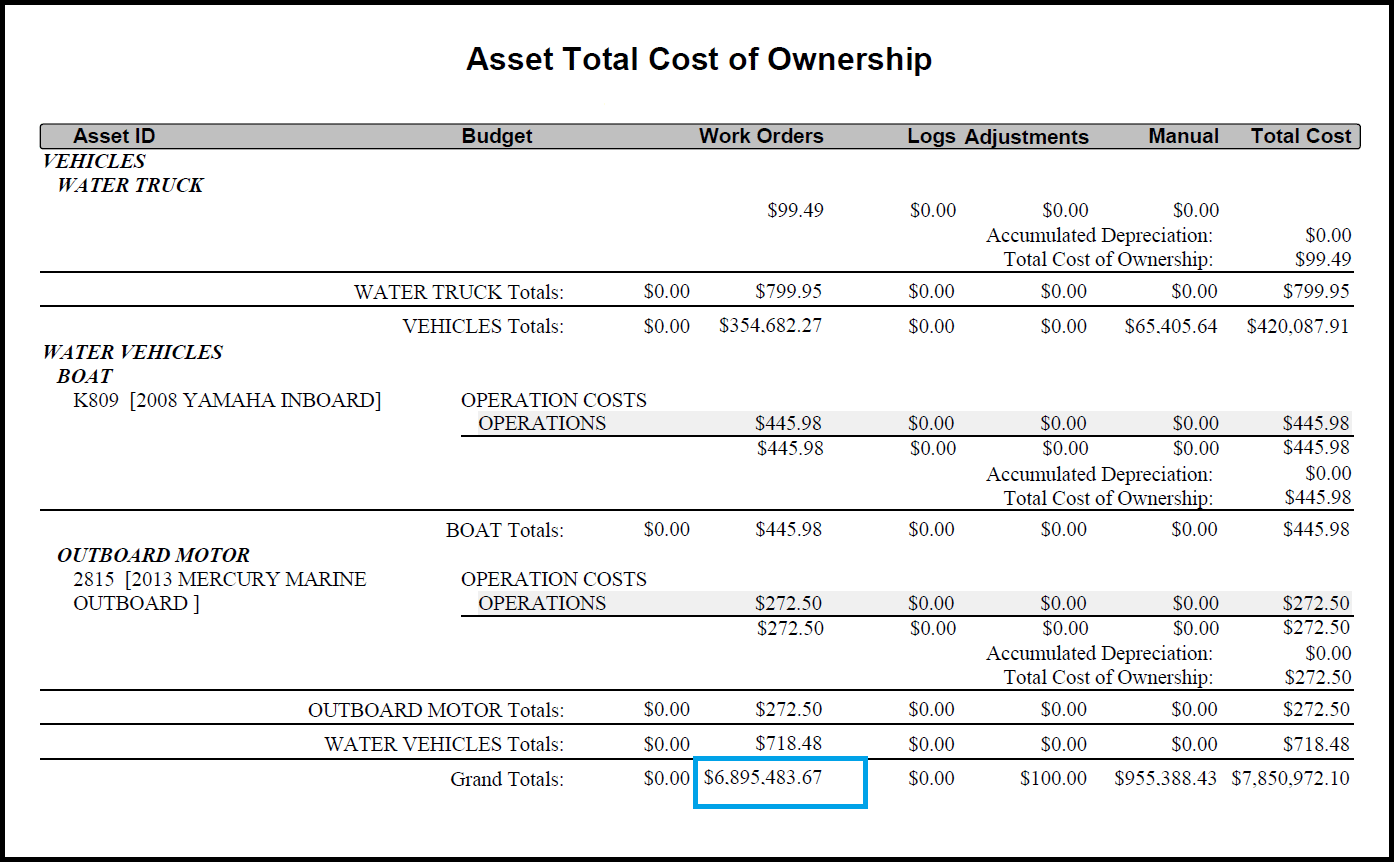ABCs of Advanced Maintenance: Maintenance Cost and Replacement Asset Value
For many companies, efforts to streamline maintenance operations tend to follow a “fire, ready, aim” progression. Management wants to see improvements, but everyone has a different idea about how this should be accomplished, and pretty soon there are a dozen different initiatives underway with no unified, measurable objective.
To make matters worse, these companies often use maintenance management software to track and manage maintenance operations at different levels (maintenance techs use paper systems while managers rely on spreadsheets, etc.). This makes it next to impossible to both accurately determine what initiatives need to be prioritized, and to roll them out effectively.
Thus, the first and best step any company can take is to implement a CMMS software to centralize maintenance operations. Companies are often surprised at what they find when they start tracking their operations properly, and if there’s one thing that can cut through the noise of different ideas and opinions, it’s good, solid data.
Consistently tracking data on all maintenance costs, for instance, will make it much easier to benchmark your operations and determine where you rank among your peers. With this data, you can calculate your company’s Maintenance Cost as a Percentage of Replacement Asset Value (RAV), which is a perfect benchmark metric to start with.
In ManagerPlus Enterprise, you can run an Asset Total Cost of Ownership report for an instant look at how much material and labor you’re putting into maintenance for any asset, or for all of them together. The “Work Orders” column shows a total of all labor, inventory and other costs that have gone into the maintenance of any/all of your assets.
Next, you’ll need to obtain the RAV value for your asset (your insurer is usually a good source for this). Note that RAV is not the same as book value, is generally calculated for all of a company’s assets as a whole, and includes all replacement/removal costs.
Now you can divide your maintenance cost totals by the RAV to calculate your Maintenance Cost as a Percentage of RAV. In the example pictured above, we see that the company has spent a total of $6,895,483.67 on maintenance labor, parts and other costs. Let’s say, for the sake of example, that this company’s insurer quoted their total RAV for all assets as $76,616,485.22.
This would give us a Maintenance Cost as a Percentage of RAV that would look like this:
$6,895,483.67/$76,616,485.22 = 0.09 or 9%
According to “Maintenance and Reliability Best Practices,” this would place our example company on the bubble of the “Best Practice Benchmark” range of 3-9%. World class organizations typically report 2.5-3.5% on this metric.
If the calculations for your company come back above 9%, it might be time to consider some long-term cost cutting strategies. But this might actually mean that you need to spend more on preventive maintenance in the short-term in order to bring down the high costs associated with emergency breakdowns.
Approaching any initiative without proper data is like taking a shot in the dark. Elite companies understand the need to establish clearly defined targets for their initiatives, and tools like (keyword) in place to objectively measure their progress.
Be sure to check back here in the coming weeks as we continue to explore industry standard measures of maintenance efficiency.

